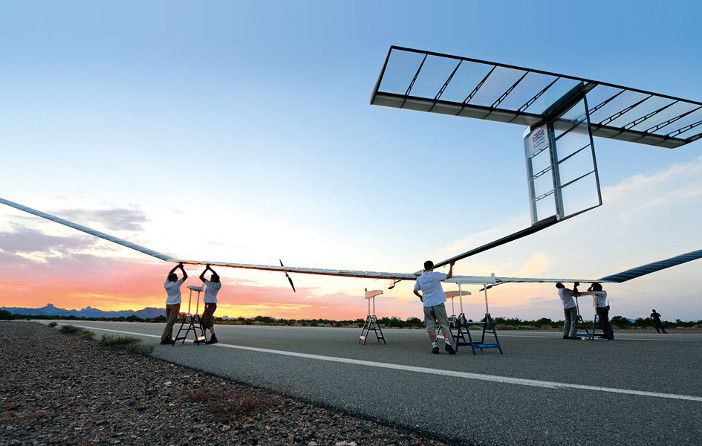An industrial consortium formed to develop standards and the market for high altitude persistent drones has said it believes it can create a multi-billion sector in the Earth’s stratosphere that delivers telecommunications and other commercial services.
The HAPS (High Altitude Persistent Station) Alliance, which includes Google-backed Loon, Airbus Defence and Space, HAPSMobile, Intelsat, and Nokia was formed in February and this month published a white paper which outlines what it believes are the commercial opportunities of launching persistent drones into the sky above the Earth’s atmosphere.
Loon has been developing a balloon-based telecommunications platform for several years, Airbus Defence and Space is flight testing its Zephyr fixed wing drone, as are Japan’s Softbank-backed HAPSMobile, which is being developed in partnership with AeroVironment and Boeing.
According to the HAPS Alliance, the stratosphere offers a venue for a multi-billion dollar market providing telecommunications, high-resolution earth observation, and weather prediction and modeling.
The White Paper describes opportunities in the telecommunications sector including building out 5G networks and connecting future of Internet of Things (IoT) devices.
The paper also eyes up the US$3 billion satellite segment of the earth observation market, which it says is growing steadily. Potential use-cases include: collecting data around natural and man-made disasters to enable more effective responses to wildfires, oil spills, floods and more; tracking meteorology to improve weather forecasts; monitoring natural resources, agriculture and infrastructure; and tracking large stretches of oceans for illegal fishing, pollution, or piracy.
According to Loon it has flown over 40 million kilometers in Earth’s stratosphere in thousands of stratospheric vehicles, with an average flight duration of over 4 months and a 223-day flight duration record, delivering connectivity to over 300,000 people in partnership with telecom operators.
Alastair Westgarth, CEO of Loon said, “The untapped opportunities of the stratosphere are immense. While just ten years ago it seemed an inhospitable place for almost all activities, technology is now enabling us to harness the unique advantages of the stratosphere for a wide range of commercial operations. It’s an exciting time to be on the forefront of this exploration enabled by innovation.”
Evert Dudok, executive vice president, Airbus Defence and Space said, “HAPS are complementary to satellites, UAVs and manned aircraft providing affordable, persistent, local satellite-like services. They will revolutionize the way we are able to manage environmental and humanitarian earth observation and communications missions around the World”.
The full white paper can be downloaded here.





